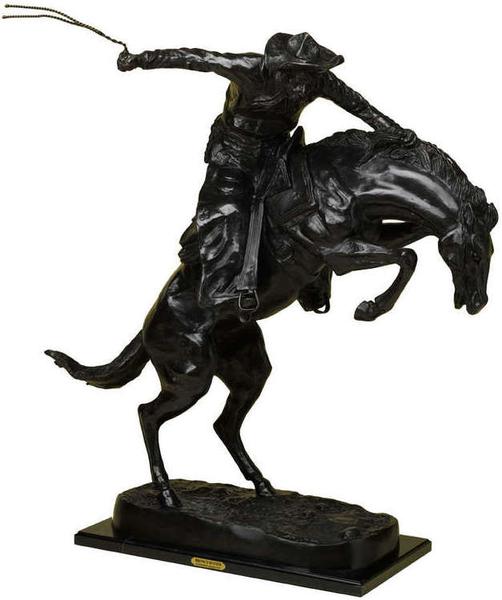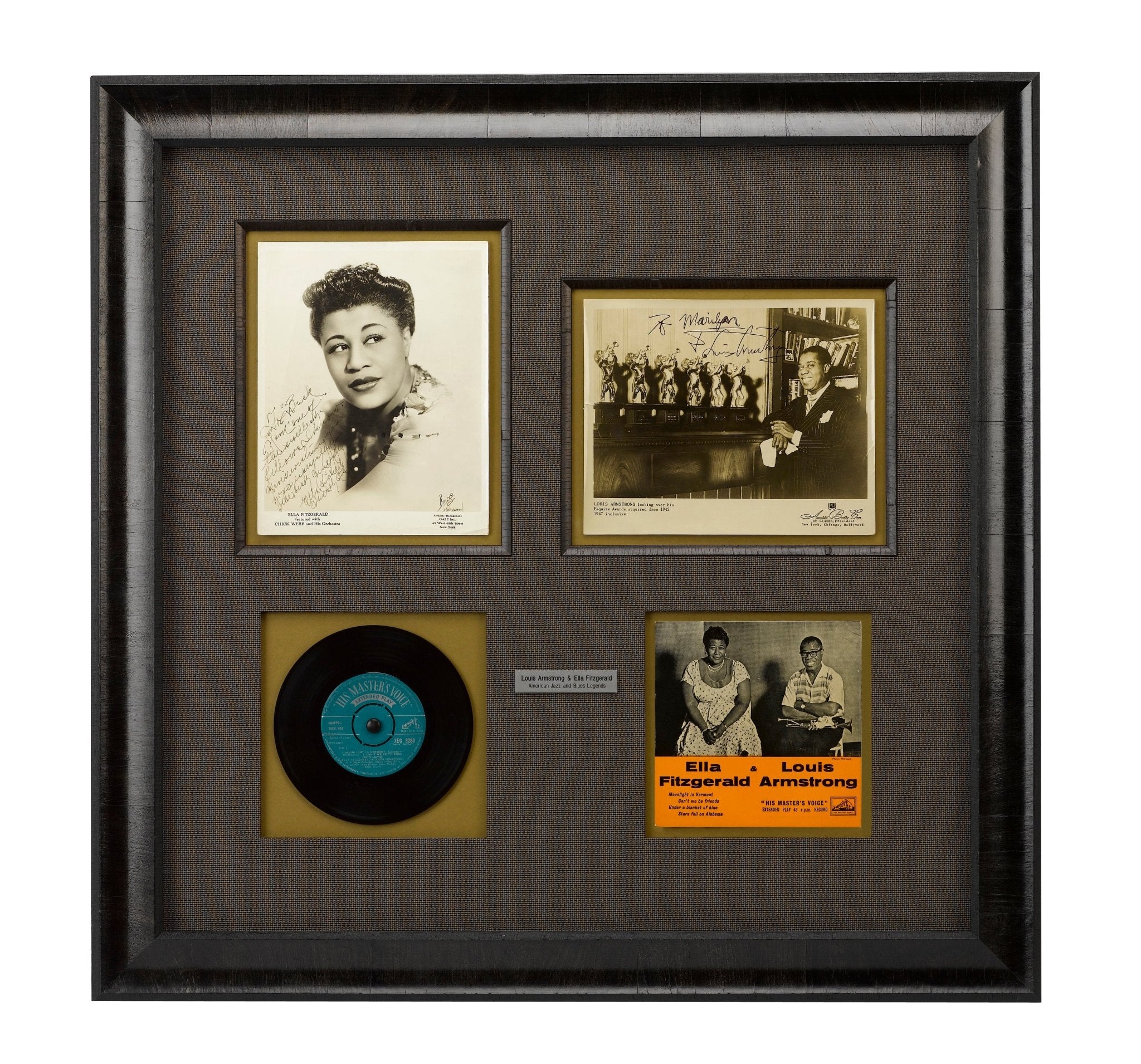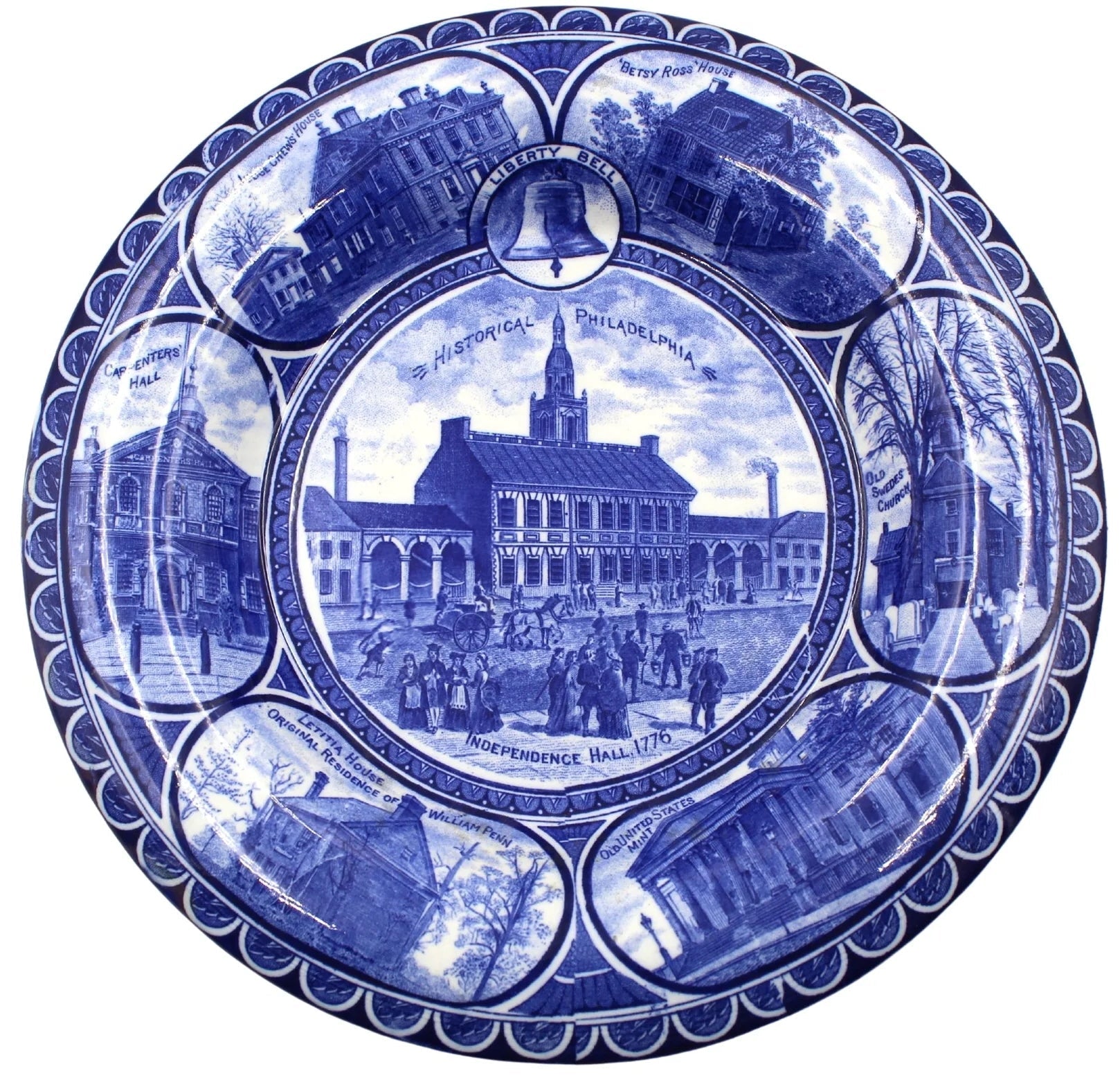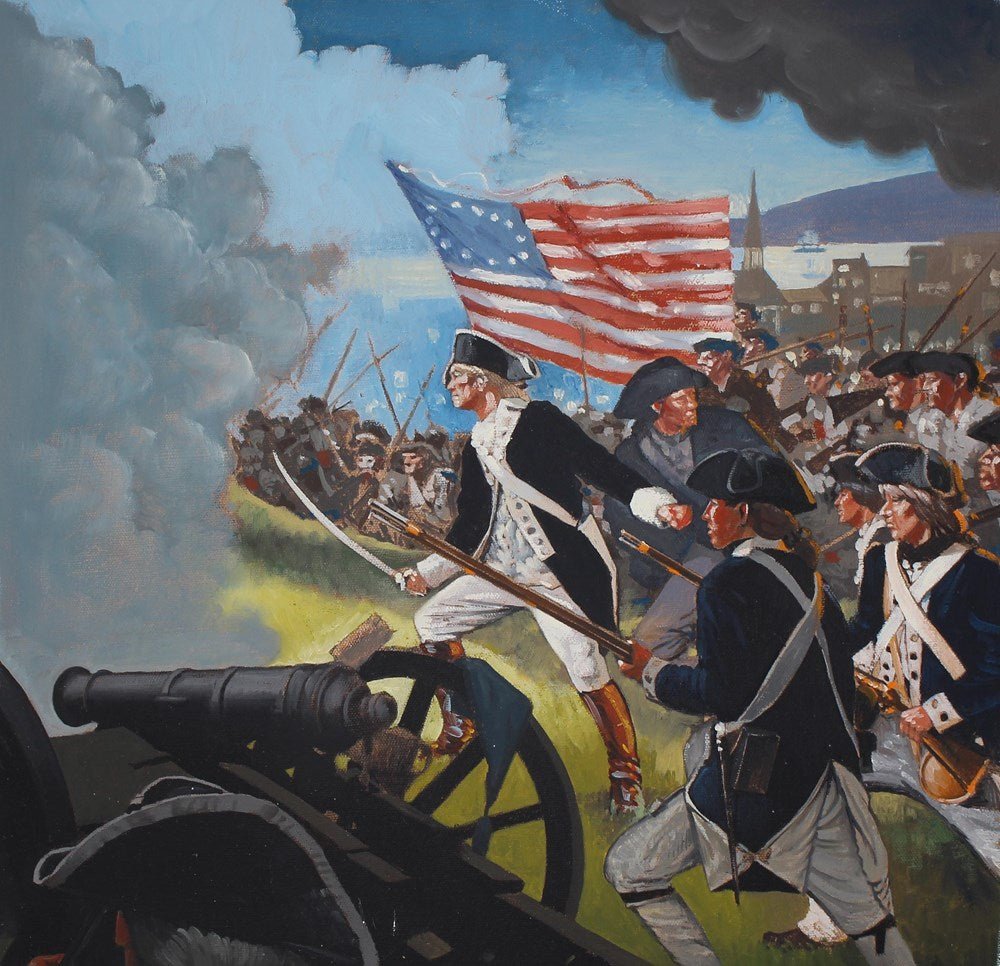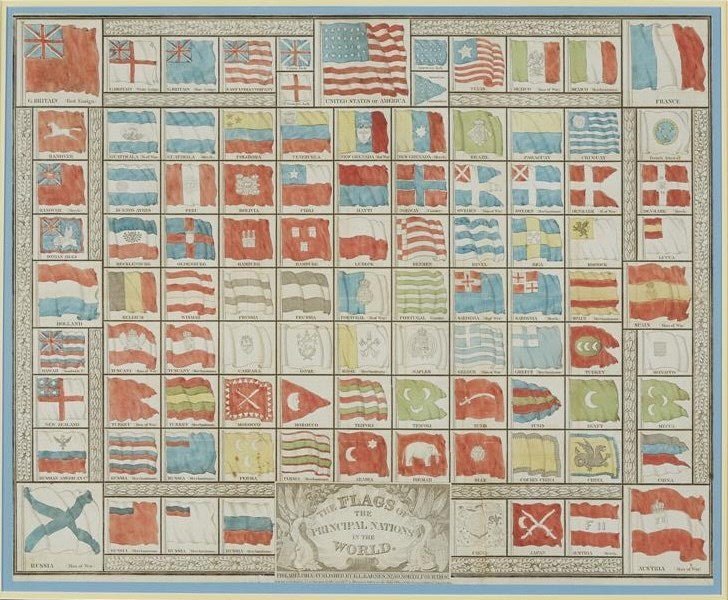Apollo 11: American Space Pioneers
In the late 1950’s and the early 1960’s, the United States was engaged in the Cold War with Soviet Union. During this time, competition for dominance in space exploration was at an all time high. On October 4, 1957, the Soviet Union launched Sputnik 1, the first artificial satellite that triggered the Space Race between the Soviet Union and the U.S. At the time, President Dwight D. Eisenhower responded to the Sputnik challenge with the National Aeronautics and Space Administration, commonly referred to as NASA, which initiated Project Mercury. The aim? To launch a man into Earth orbit and successfully send the first man into space.
American and Soviet scientists and astronauts were neck and neck for space exploration for some time. However, on April 12, 1961, it was a Soviet cosmonaut to become the first person in space and the first to orbit the Earth. Nearly a month later, Alan Shepard became the first American in space when he completed his 15-minute suborbital journey. By this time, President John F. Kennedy was the one to send his congratulations to the astronaut. It was Kennedy’s belief that it was in the national interest of the U.S. to be superior than all other nations in the Space Race. It was therefore the mission of the U.S to surpass the Soviet Union in space exploration.
Mercury 7
Signed Photograph
On May 25, 1961, President John F. Kennedy delivered his famous speech on space exploration to a joint session of Congress and stated: "I believe that this nation should commit itself to achieving the goal, before this decade is out, of landing a man on the moon and returning him safely to the Earth. No single space project in this period will be more impressive to mankind, or more important for the long-range exploration of space; and none will be so difficult or expensive to accomplish."
The effort to land a man on the moon was named Project Apollo. Through multiple attempts, the United States NASA program was subsequently prepared to complete their voyage with Apollo 11. Apollo 11 successfully landed the first two people on the moon. The prime crew was made up of Neil Armstrong, Michael Collins, and Edwin “Buzz” Aldrin Jr. On July 20, 1969, the Apollo Lunar Module landed on the moon’s surface. Both Armstrong and Aldrin stepped onto the lunar surface and collected lunar material to bring back to Earth.
 First Man Collage
First Man Collage
Pioneers of Space
The Apollo 11 mission was a spectacular feat in the history of American space exploration. Commemorating this event is this piece, shown above, which features an amazing collection of space pioneers. Included are the authentic autographs of all the original Mercury Seven astronauts, to include: Alan Shepard, Virgil “Gus” Grissom, John Glenn, Scott Carpenter, Wally Schirra, Gordon Cooper and Deke Slayton.
Presented with a signed Alan Shepard photograph of the Mercury Seven astronauts during survival training, as well as photographs depicting the Mercury, Gemini and Apollo 11 astronauts. Finally, Michael Collins's handwritten and signed letter is included in the presentation, framed alongside the NASA Vector, Mercury and Gemini program patches, as well as the Apollo 11 mission patch.
First on the Moon, Signed
Gene Farmer and Jane Hamblin
Apollo 11 was also recognized in the book by Gene Farmer and Dora Jane Hamblin entitled First on the Moon. Dora Jane Hamblin was a gifted writer who wrote for Life magazine during its heyday. One of her projects, from February 1967 to December 1969, was to cover the cutting-edge U.S. space program from Houston. She conducted interviews with astronauts and their families to gain accurate information for her writing. She also explained the brand new space technology in a comprehensive way for her readers, who were fascinated. This resulted in this book, written with Gene Farmer, that detailed the Apollo 11 mission. The authors collaborated with the astronauts themselves to produce a true and accurate representation of the Apollo 11 mission.





